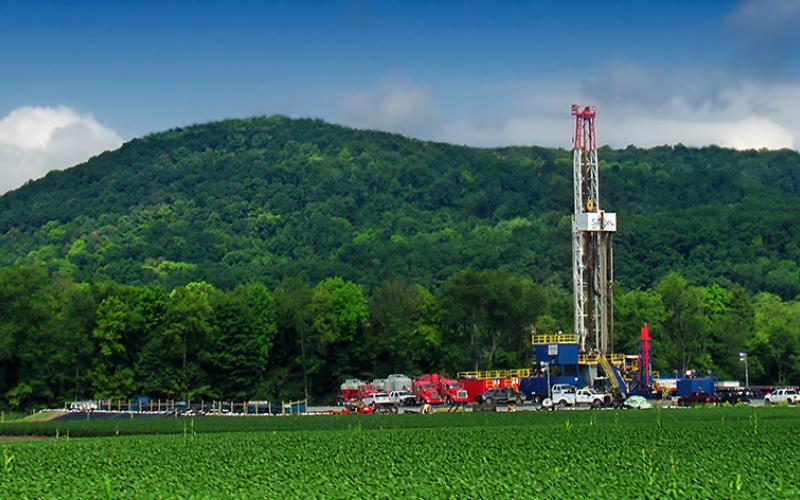Pennsylvania is the second-largest natural gas producer, third-largest coal producer, and is second behind only Illinois in electricity generation from nuclear power. Only Texas, a state with more than twice as many residents and six times the size as Pennsylvania, produces more natural gas and supplies more energy to other states.
Pennsylvania’s energy industry is a multifaceted landscape that has evolved significantly over the years, shaped by a combination of historical legacies, technological advancements, and environmental considerations. At its core, the state’s energy sector is driven by a diverse mix of resources, including coal, natural gas, nuclear power, renewables, and increasingly, energy efficiency initiatives.
One of the most significant transformations in Pennsylvania’s energy landscape has been the emergence of natural gas production from the Marcellus Shale formation. The development of hydraulic fracturing (fracking) technology has unlocked vast reserves of natural gas, positioning Pennsylvania as one of the leading natural gas-producing states in the country. This boom in shale gas has not only revitalized the state’s energy industry but has also had far-reaching economic implications, generating jobs, investment, and revenue.
Historically, Pennsylvania has been known for its coal industry, dating back to the 18th century. Coal mining played a pivotal role in the state’s industrialization and economic growth, particularly in regions like the Appalachian Mountains. However, in recent decades, the coal industry has faced challenges due to declining demand, increased regulatory scrutiny, and competition from other energy sources.
Famously, Pennsylvania is home to several nuclear power plants, which have long been an important part of the state’s energy mix, providing a significant portion of its electricity generation. However, like many other states, Pennsylvania faces challenges in sustaining its nuclear fleet, as some plants have struggled to remain economically viable amidst competition from cheap natural gas and subsidized renewables.
In addition to fossil fuels, Pennsylvania has been making strides in renewable energy development. The state has abundant wind resources, particularly in regions like the Appalachian Plateau and the Lake Erie coastline, which has led to the growth of wind power projects. Solar energy is also on the rise, with an increasing number of solar installations across the state. Pennsylvania Gov. Josh Shapiro, a Democrat, has proposed new state mandates requiring utility providers to acquire more electricity from renewable sources, a plan that has been met with strong opposition from Republicans in the legislature.
Looking ahead, Pennsylvania’s energy industry is likely to continue evolving in response to changing market dynamics, technological innovations, and in reaction to state government regulations and taxes. The state’s policymakers, energy companies, and stakeholders must navigate complex trade-offs between economic development, energy affordability, and environmental sustainability to ensure a resilient and reliable energy future for Pennsylvania.






